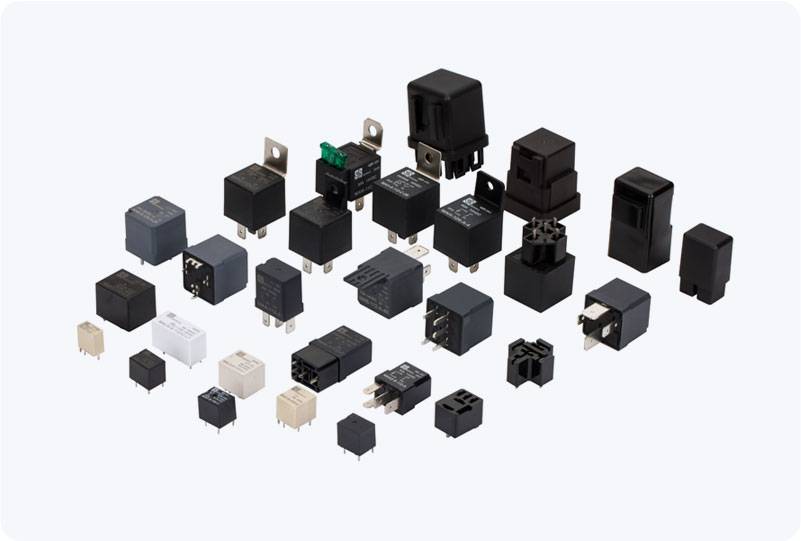A power relay is an essential electrical component that serves as an automatic switch, controlling the flow of electricity in various electrical circuits. It plays a pivotal role in numerous systems, ranging from household appliances to industrial equipment. This article delves into the key functions, components, and applications of power relays, offering a comprehensive understanding of their importance in electrical control systems.

What is a Power Relay? A power relay is an electrically operated switch used to control the flow of current through a circuit. It consists of a coil, an armature, contacts, and a spring. The coil, when energized, generates a magnetic field that pulls or pushes the armature, causing the contacts to open or close, depending on the relay’s configuration. This process allows the relay to control high-power circuits with a relatively low-power control signal. Power relays are typically designed to handle higher voltage and current levels, making them essential in applications where the switching of electrical loads is necessary. They are commonly used in both AC and DC systems and come in various configurations, including single-pole, double-pole, normally open, and normally closed contacts.